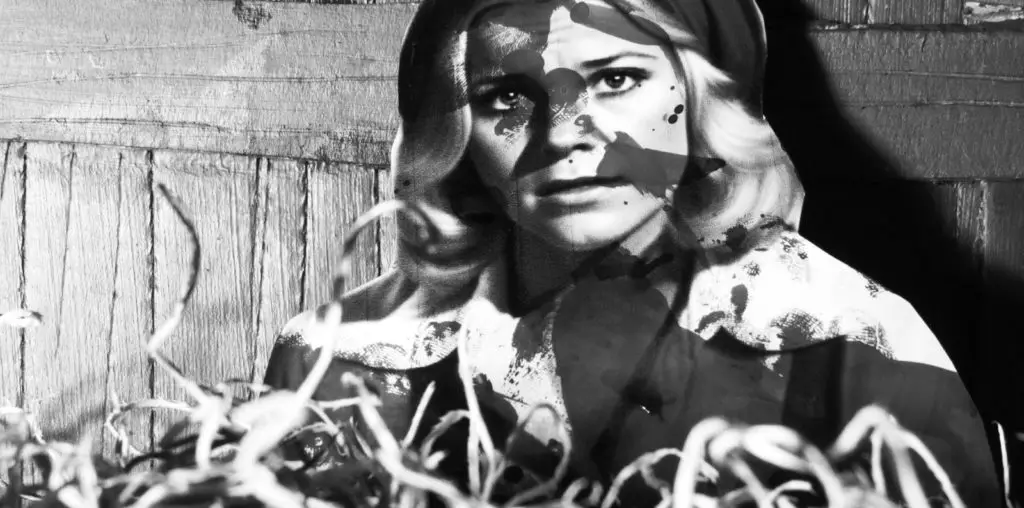
The Portrait of the Artist genre is not an easy one. The prosaic demands of screen storytelling dictate that epically messy life stories be smoothed and finessed, often leading to formulaic rise-and-fall arcs. Early death, be it Van Gogh, Basquiat or Pollock, doesn’t hurt. Frida Kahlo qualifies in that regard, and Julie Taymor’s well-intentioned “Frida” sadly succumbs to the formula… but hey, it’s a lot more fun than Pollock.
If anything, Taymor – the director who delivers star Salma Hayek’s baby to the screen – treads too lightly for anyone’s good. “Bubbly” is not a word that leaps to mind when one thinks of Frida Kahlo, but damned if this movie doesn’t try to make her so. From the earliest scenes, when the rambunctious Little Miss LifeForce bounds up and down the halls of her school, sports a suit in a family photo, and busts future husband Diego Rivera (the wonderful Alfred Molina) getting frisky with his model, “Frida” is long on laughs and short on angst. (Incidentally, let’s score one for up-and-comer Diego Luna, who plays young Frida’s boyfriend. Luna’s pre-ejaculatory yelp of “Ay, Salma! Salmita!” in “Y Tu Mama Tambien” has led to a real live sex scene with the woman herself…lucky pendejo.)
At first, Taymor and Hayek’s fun-in-the-sun strategy works well enough. Then comes the bus accident in which Frida is sprinkled with gold dust, and then impaled by a metal pole. While the scene is, uh, artfully staged – and the accident certainly made life a living hell for the real-life Frida – in the context of the film, there are virtually no repercussions until the very end. After Frida’s recovery, family and friends make reference to her excruciating pain, but Hayek can barely bring herself to limp. In this, she and Taymor have erred on the side of cowardice, minimizing the essential role that sheer physical agony played in Kahlo’s work. Emotional pain – particularly that caused by Rivera’s relentless philandering, and a miscarriage – certainly played a part as well, but when Rivera remarks to the effect that “Frida paints from her pain,” it’s hard not to notice that Hayek still looks rather caliente despite the requisite unibrow and moustache. She makes you believe Frida’s Vogue cover, but not the strain of her daily life.
The plain fact is that Hayek is a smart, tough lady, but not a performer of tremendous range or depth. While Frida is the ultimate role for a Mexican actress (and Hayek is a damn sight more convincing than J. Lo or Madonna would have been), Hayek mostly comes off as a bit of a lightweight. She seems to have expended most of her effort just raising the $10 million to get this story told; it was a noble effort, and she well deserves her producer credit. But the link between Kahlo’s difficult life and her singular art is simply not established in Hayek’s performance, and despite Taymor’s clever stylistic flourishes, “Frida” rarely rises above standard biopic conventions. As an epic love story between Frida and Diego (and Tina Modotti, Josephine Baker, Leon Trotsky and various other boyfriends and girlfriends), the film has loads of charm and entertainment value. It must also be admitted that so enigmatic and complex a character as Frida Kahlo could never really be captured in the confines of a Hollywood – okay, Miramax, but is there much difference anymore? – movie. As with so much Hollywood product, visual ravishment and superficiality go hand-in-hand here.
“Frida” favors us with plenty of color, a feast of eye candy. As food for the soul, however…there are always her paintings.
